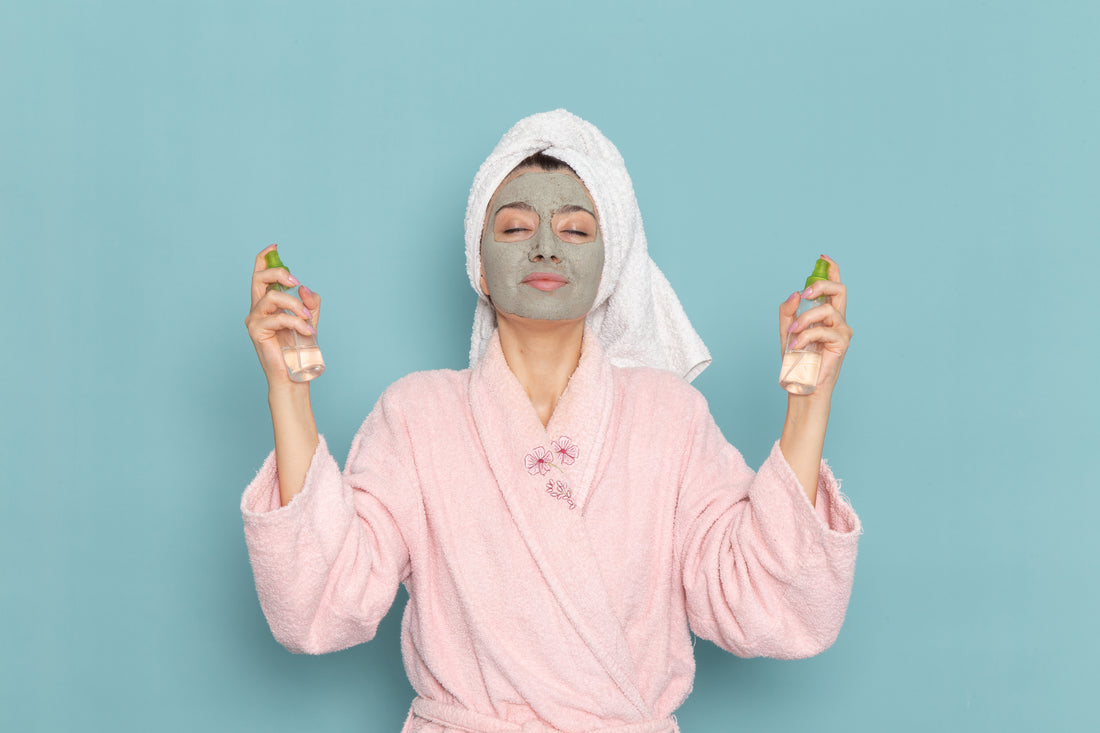A Comparative Guide to Japanese or Korean Skincare Routines
A Comparative Guide to Japanese or Korean Skincare Routines
Blog Article

The growing demand for Japanese and Korean skincare has made both product lines more available globally. Yet, when it comes to buying authentic products, there are still some differences depending on where you live.
Japanese Skin Care Products in India
In recent years, Japanese skin care products in India have become easier to find, thanks to online retailers like Amazon, Nykaa, and specialty K-beauty and J-beauty stores. Popular Japanese skin care brands such as Hada Labo, Shiseido, and Biore are now accessible without needing to import them personally.
These best Japanese beauty products offer Indian consumers options that are ideal for hot and humid climates—especially lightweight gels, oil cleansers, and high-SPF sunscreens.
Korean Products: Widely Distributed and Trendy
Korean skincare has a strong global marketing engine. With trendy packaging and influencer support, it’s now widely stocked both online and in physical stores across India, the US, and Europe.
You’ll find Korean skin care routine staples like sheet masks, sleeping packs, and essences from brands such as Laneige, Etude House, and Innisfree more frequently in multi-brand beauty stores and malls.
If you're trying to decide between Japanese or Korean skincare routine products, availability might be the deciding factor—especially if you want to restock easily.
Cultural Standards of Beauty: The “Ideal Skin” Comparison
Beauty ideals subtly influence how products are developed in both Japan and Korea.
Japan Skins: Clean, Smooth, and Poreless
The Japanese ideal is “mochi-hada,” or soft, smooth, bouncy skin like mochi (rice cake). Achieving clean, refined, poreless skin is a major focus of the Japanese skin care routine. This is why many Japanese skin products are designed to gently exfoliate, refine texture, and deeply hydrate.
Korean Skincare Ideals: Bright, Dewy, and Radiant
The Korean ideal is often referred to as “glass skin”—clear, luminous, and almost reflective. As a result, the Korean skin care routine emphasizes multi-step hydration, regular exfoliation, and brightening treatments. Ingredients like niacinamide, licorice root, and fermented extracts are commonly used for glow-enhancing effects.
Understanding Japanese vs Korean beauty ideals can help you decide which approach aligns best with your personal skin goals.
Cost Comparison: Which Is More Affordable?
One of the most common questions in the Japanese skincare vs Korean skincare debate is affordability.
Korean skincare offers a wide range of products at budget-friendly prices. Due to fierce market competition and mass production, K-beauty brands frequently introduce new, affordable products that deliver visible results quickly.
Japanese skincare tends to focus on quality and longevity, often resulting in slightly higher prices per product. However, a little goes a long way with these products, and they usually come in larger quantities with minimalist packaging.
If you're new to skincare and want to experiment, Korean skincare might be a cost-effective start. For long-term, results-driven care, Japanese skincare could offer better value per use.
Which Routine Targets Which Skin Concerns?
When deciding between Japanese or Korean skincare routine, it helps to match your skin concern to the routine that targets it best.
| Skin Concern | Best Approach | Why |
|---|---|---|
| Dry or dehydrated skin | Korean skincare | Layered hydration through essences and sleeping masks |
| Oily or acne-prone skin | Japanese skincare | Lightweight, pH-balanced cleansers and oil-free moisturizers |
| Uneven tone / dark spots | Korean skincare | Brightening ingredients like niacinamide and fermented extracts |
| Aging / mature skin | Japanese skincare | Preventive philosophy using antioxidants, collagen, and peptides |
| Sensitive or reactive skin | Japanese skincare | Fewer additives, fragrance-free, hypoallergenic formulas |
The Japanese vs Korean skincare choice often comes down to personal skin needs rather than trend-following.
Adapting These Routines to Busy Lives
Many people assume these skincare routines take 30+ minutes—but both systems can be adapted to suit your schedule.
Minimalist Japanese Routine (5 Steps or Less):
Oil Cleanser
Foaming Cleanser
Hydrating Lotion (like Hada Labo)
Moisturizer
Sunscreen
This minimal but effective Japanese skin care routine is great for working professionals or those who prefer a no-fuss approach.
Flexible Korean Routine (3 to 10 Steps):
The Korean skin care routine can be condensed or expanded depending on the day. You might use 3 steps in the morning (cleanser, toner, SPF) and 6+ steps at night (double cleanse, toner, essence, serum, eye cream, sleeping mask).
Thanks to this flexibility, even the busiest person can benefit from Japanese or Korean skincare routine techniques.
Why Mixing Routines Works Best for Some
If you’ve read this far, you may realize that you don’t have to pick sides in the Japanese skincare vs Korean skincare debate. Many skincare enthusiasts today take a hybrid approach, using Japanese skin products for cleansing and moisturizing, and Korean skincare for treatment and hydration.
For example:
Use a Japanese cleansing oil followed by a Korean exfoliating toner.
Apply a Japanese lotion for lightweight hydration, then layer with a Korean serum.
Finish with a Japanese sunscreen known for its long-lasting wear.
This way, you build a routine that benefits from the best Japanese cosmetics, the best Japanese skin care products, and cutting-edge K-beauty innovations.